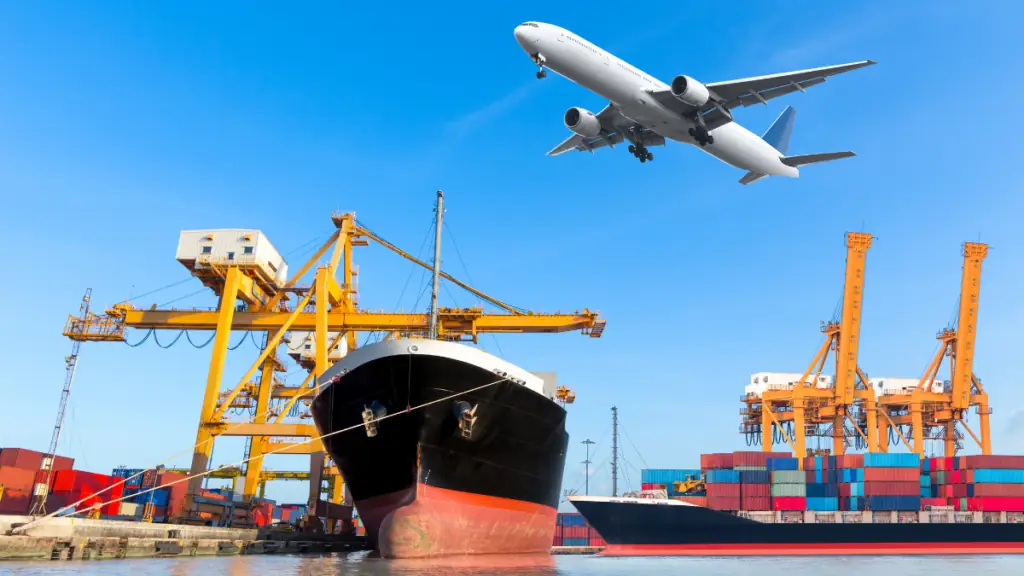
The NIS2 Directive, a key piece of EU legislation, is about to change the way the transportation industry handles cybersecurity at a time when digitization is speeding up in every business. Using details from the NIS2 Official EU Regulations document, this article will examine the difficulties, potential gains, and consequences for public and private organizations in the transportation sector as a whole as a result of NIS2.
As an updated version of the NIS1 Directive, the NIS2 Directive increases the bar for cybersecurity in a number of industries, including transportation. Transport plays an essential role in the internal market but is also quite susceptible to cyber threats; this initiative seeks to strengthen the EU’s cyber resilience as a whole. Tackling cybersecurity concerns requires member states to work together more closely, report incidents more effectively, and implement tougher security measures.
NIS2 expands its regulatory scope to include a larger number of companies in the transportation industry. A comprehensive cybersecurity framework spanning the whole transport ecosystem is now in place, thanks to the operators of critical services in air, rail, water, and road transport. To guarantee a consistent degree of security throughout the EU, the regulation establishes reporting requirements and stringent risk management procedures that are on par with or even more stringent than those that were previously in place.
Simplifying supervisory activities and reducing administrative hassles is a major component of NIS2. To simplify incident notification forms and supervisory processes, the directive seeks to harmonize the competent authorities under NIS2 with those under sector-specific directives, such as the EU 2022/2557. This will lead to a more streamlined compliance process for all parties involved in the transportation industry’s management of cybersecurity risks and events.

Simplifying supervisory activities and reducing administrative hassles is a major component of NIS2. To simplify incident notification forms and supervisory processes, the directive seeks to harmonize the competent authorities under NIS2 with those under sector-specific directives, such as the EU 2022/2557. This will lead to a more streamlined compliance process for all parties involved in the transportation industry’s management of cybersecurity risks and events.

Enhanced Cyber Resilience: The directive’s focus on risk management and incident response capabilities promotes a proactive approach to cybersecurity, enabling transport entities to better withstand and recover from cyber incidents.
Long-term Cost Savings: By investing in cybersecurity measures to comply with NIS2, transport entities can potentially avoid the much higher costs associated with cyber incidents, including data breaches, operational disruptions, and reputational damage.
The NIS2 Directive represents a landmark effort by the EU to elevate cybersecurity standards across critical sectors, including transport. Its focus on harmonization, enhanced oversight of critical entities, and streamlined supervisory activities reflect a comprehensive strategy to combat the evolving cyber threat landscape. As the transport industry navigates the complexities of compliance with NIS2, it stands at the forefront of a transformative journey towards greater cyber resilience.
In summary, the NIS2 Directive sets the stage for a robust and unified cybersecurity framework within the European transport sector. By addressing the sector-specific challenges and leveraging the opportunities for growth and resilience, the transport industry can look forward to not just meeting the requirements of NIS2 but setting a global benchmark for cybersecurity in transport.
The NIS2 Directive emphasizes the responsibilities of competent authorities for supervision and enforcement. Key measures include regular and targeted audits, on-site and off-site checks, requests for information, and access to documents or evidence.
NIS2 interacts with the CER Directive and the DORA, focusing on the physical and cyber resilience of critical entities. National competent authorities under both directives must cooperate and exchange information on risks and incidents. The NIS2 Cooperation Group will regularly meet with the Critical Entities Resilience Group, and the DORA addresses cybersecurity risk management and reporting obligations in the financial sector
NIS2 aims to improve cyber risk management through clear responsibilities, appropriate planning, and increased EU cooperation. It requires Member States to appoint national authorities for cyber crisis management, introduces large-scale cybersecurity incident and crisis response plans, and establishes the EU-CYCLONe network for managing large-scale cybersecurity incidents and crises
NIS2 mandates that all companies address a core set of cybersecurity risk management policies, including incident handling, supply chain security, vulnerability handling, and the use of cryptography. It introduces a multi-stage approach to incident reporting, requiring companies to submit an early warning within 24 hours, an incident notification within 72 hours, and a final report within one month
Please wait while you are redirected to the right page...
When you visit our website, ForeNova and third parties can place cookies on your computer. These cookies are used to improve your website experience and provide more personalized services to you, both on this website and through other media. To find out more about the cookies we use, see our Privacy Policy.
If you reject all cookies, except one strictly necessary cookie, we won't track your information when you visit our site. In order to comply with your preferences, we'll have to use just one tiny cookie so that you're not asked to make this choice again.